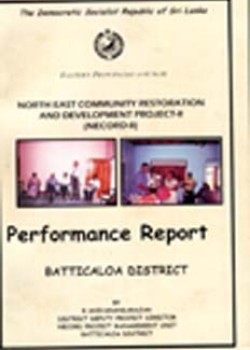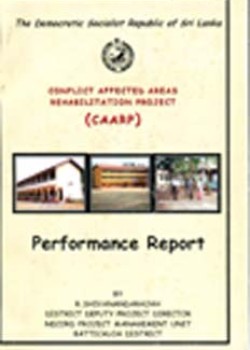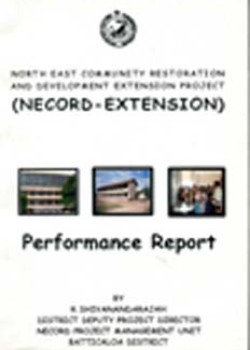
Revisiting Growth and Poverty Reduction in Indonesia
What Do Subnational Data Show?
Author : Balisacan, Arsenio M. and Pernia, Ernesto M. et al.
Publisher: Asian Development Bank (ADB)
Place of Publish: Philippines, Manila
Year: 2002
Page Numbers: 33
Acc. No: 1269
Class No: 339 REV-SA
Category: Books & Reports
Subjects: Macroeconomics
Type of Resource: Monograph
Languages: English
Indonesia has an impressive record of economic growth and poverty reduction over the past two decades. The growth-poverty nexus appears strong at the aggregate level. Newly constructed panel data on the country,s 285 districts reveal huge differences in poverty change, subnational economic growth and local attributes across the country. The results of econometric analysis show that growth is not the only factor to affect the rate of poverty change; other factors also directly influence the welfare of the poor, as well as having an indirect effect through their impact on growth itself. Among the critical factorsare infrastructure, human capital, agricultural price incentives and access to technology. While fostering economic growth is crucial, a more complete poverty reduction strategy should take these relevant factors into account. In the context of ecentralisation, subnational analysis can be an instructive approach to examining local governance, in relation to growth and poverty reduction.



